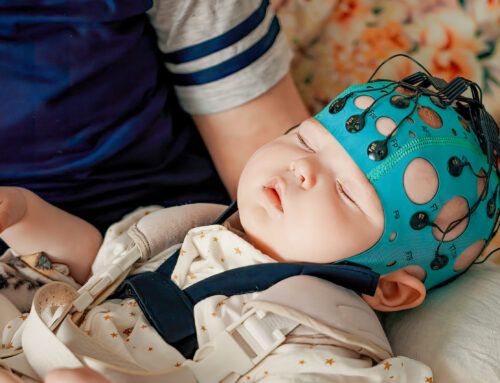Swallowing disorders, also known as dysphagia, can affect children of all ages, causing difficulty with feeding and swallowing. It can make mealtime quite challenging both for the parents and children.
Dysphagia can be caused by several factors, from neurological to anatomical defects. Therefore, it is crucial to understand the various diagnoses available for this ailment to provide the necessary care and management for affected children. In this article, we shall explore some common swallowing disorder diagnoses and the best ways to take care of children with them.
-
Pseudobulbar Palsy: This disorder occurs when there is damage to the neurons that control the muscles in the face and throat region leading to difficulties in speaking and swallowing. It is often caused by a stroke, multiple sclerosis, or injury to the head. Parents and pediatric nurses can help children with this disorder by thickening food and giving them smaller and more frequent meals to reduce the risk of choking. Moreover, patients can avoid drinking through straws because it could worsen their symptoms.
-
Gastroesophageal Reflux Disease (GERD): This disorder is common in infants and occurs when the contents of the stomach flow back up into the esophagus leading to irritation or damage of the esophageal lining. Parents and caregivers can alleviate GERD symptoms by keeping children in an upright position while feeding, burping them frequently, and avoiding large meals before bedtime. Moreover, avoiding acidic foods, caffeine, and spicy foods can also reduce GERD symptoms.
-
Esophageal Atresia: This disorder is diagnosed at birth when the esophagus is not connected. Food cannot travel from the mouth to the stomach, leading to choking and vomiting. Infants with this disorder require surgery to connect the esophagus, and parents and caregivers should avoid feeding them orally until the procedure is complete. Moreover, they should feed infants with a nasogastric tube.
-
Achalasia: This disorder is caused by the inability of the muscles in the esophagus to relax, leading to difficulty in swallowing. Symptoms of achalasia include regurgitation, heartburn, and chest pain. Patients with achalasia are advised to eat slowly, chew their food adequately and swallow with lots of water. Moreover, they should avoid consuming alcohol, coffee, and spicy foods that can trigger achalasia symptoms.
-
Cleft Palate: This disorder is caused by an abnormality or fissure in the palate, which is the roof of the mouth. It can lead to feeding and swallowing difficulties. Parents of children with cleft palate should consult with a pediatrician or specialist to get a feeding plan that works best for their child. In mild cases, special nipples or spoon tips can be used to aid feeding. For severe cases, surgery may be required to repair the palate.
-
PICA: Pica in children is a disorder characterized by the persistent consumption of non-food substances. It can involve ingesting a wide range of materials, including dirt, paint chips, hair, and paper. This disorder is more common in children, primarily those under the age of six. The causes of pica remain unclear, but it has been linked to several factors, including iron deficiency anemia, developmental disorders, and cultural practices that promote the consumption of non-food substances. In some cases, it may also be a learned behavior or a way for children to satisfy their nutritional needs. The symptoms of pica vary depending on the type of substance ingested. Some common symptoms include gastrointestinal problems such as constipation, abdominal pain, and vomiting. In severe cases, ingesting non-food substances can lead to life-threatening complications such as lead poisoning or bowel obstruction. The treatment of pica in children depends on the underlying cause and severity of the symptoms. In some cases, behavioral therapy may help to modify the child’s eating habits. Counseling may be recommended for children who ingest non-food substances due to psychological or emotional distress. Prevention of pica in children involves providing adequate nutrition and promoting safe and healthy eating habits. Parents should monitor their children’s behavior and keep potentially harmful substances out of reach.





